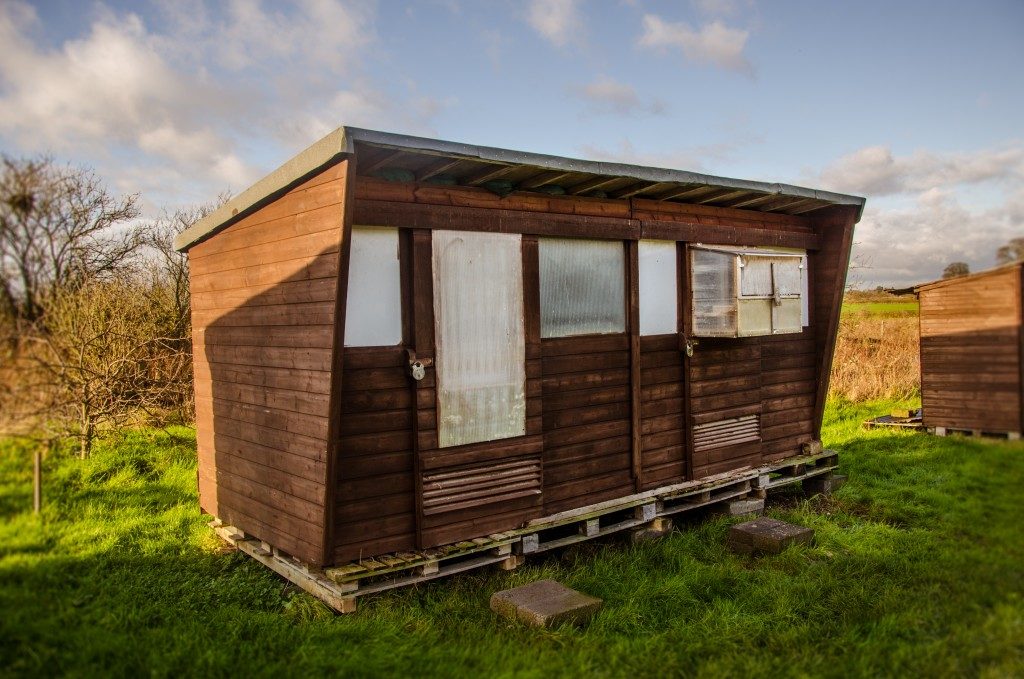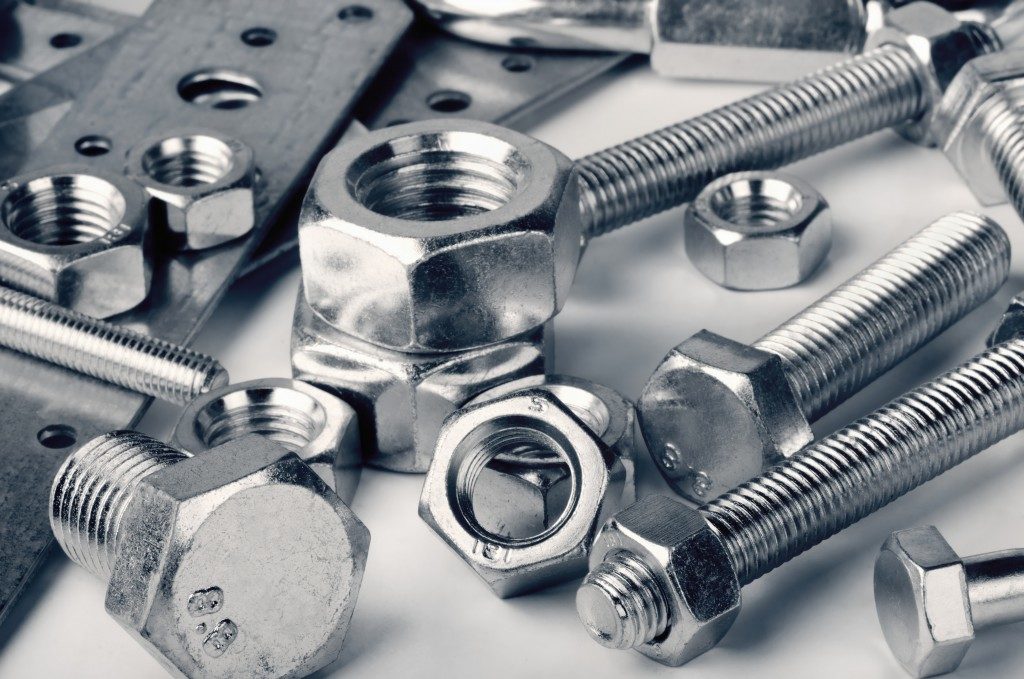
The high cost of renting has forced the building industry to be innovative. And thanks to their innovation, today we have many transportable homes and granny flats as a cheap alternative to rent. But even with their popularity, granny flats are still unknown to many.
What are granny flats?
Granny homes fall in the category of small housing and are often referred to as the Accessory Dwelling Unit (ADU) or the accessory apartment. Other popular names include the mother-in-law unit, bonus unit, granny pod or ohana unit which is a popular name in Hawaii.
It can either be attached to the main house or be built separately and is mostly used to house nannies, ageing parents, young adults or relatives.
What amenities can be put in a granny flat?
You can either build it to be totally self-contained with a fully functional kitchen or just limit it to basic kitchen items like a fridge and a microwave.
It mostly has a room or two with a bathroom and toilet. You can even install a toilet that automatically does simple urinalysis as well as check the temperature. You can also install a device to monitor the inhabitant or even the medication dispenser from remote access.
What designs can be used?

There are thousands of designs and styles to choose from. You can check them out on Google or Pinterest. It’s all a matter of preference. You can also have the granny flat designed just like the main house.
What are its advantages?
On top of the list is that they offer affordable housing. They also offer security — the presence of another tenant within the compound will scare away thieve and minimise a chance of break-ins.
They are easy to install, and even the family members can just do the installation without needing a builder. They come with a manual that is easy to follow. If you have small kids, you can have them monitored or even be taken care of by the tenant in your absence.
They can be an additional source of income when rented out. Also, they increase the value of a property. And lastly, they are a great place aging parents can live in, and as a bonus, the arrangement makes it easy to monitor them.
Are there disadvantages?
Like all good things in the world, granny flats have a few cons, too. The fact that they are small is a point of concern. They are not ideal for a person who has kids or extra people to live with.
There is also the limitation of renovation possibility or extension. They come in standard sizes and with fixed amenities. There is the possibility of getting bad tenants if you rent it out.
What is the cost of building a granny house?
In Melbourne, the average cost of building a one-bedroom, self-contained granny flat ranges between 50k and 120k. Should you rent it out, you are looking at an annual rental income of 15% of the investment.
With all this information, you can now make an wise decision on whether to build one or not — and whether to build it to rent out or for your loved ones to live in, for instance, your aging parents.

